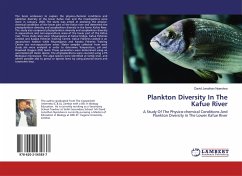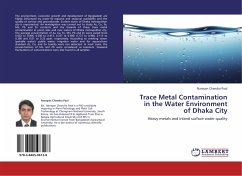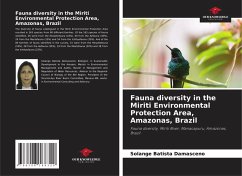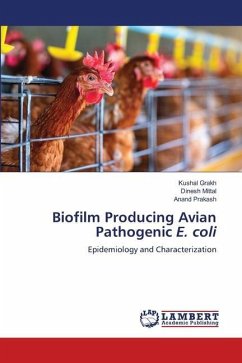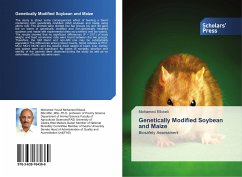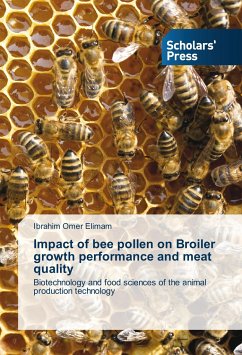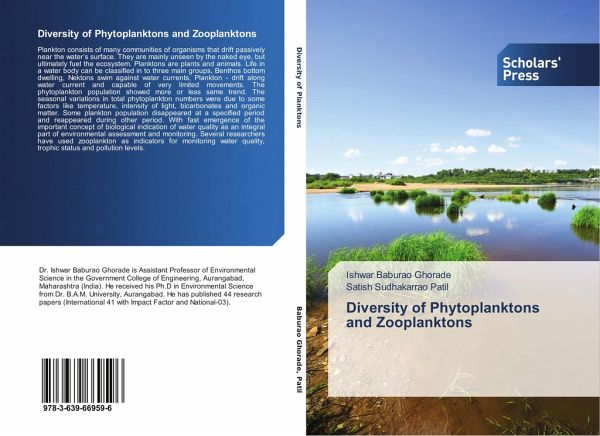
Diversity of Phytoplanktons and Zooplanktons
Versandkostenfrei!
Versandfertig in 6-10 Tagen
40,99 €
inkl. MwSt.

PAYBACK Punkte
20 °P sammeln!
Plankton consists of many communities of organisms that drift passively near the water's surface. They are mainly unseen by the naked eye, but ultimately fuel the ecosystem. Planktons are plants and animals. Life in a water body can be classified in to three main groups, Benthos bottom dwelling, Nektons swim against water currents, Plankton - drift along water current and capable of very limited movements. The phytoplankton population showed more or less same trend. The seasonal variations in total phytoplankton numbers were due to some factors like temperature, intensity of light, bicarbonate...
Plankton consists of many communities of organisms that drift passively near the water's surface. They are mainly unseen by the naked eye, but ultimately fuel the ecosystem. Planktons are plants and animals. Life in a water body can be classified in to three main groups, Benthos bottom dwelling, Nektons swim against water currents, Plankton - drift along water current and capable of very limited movements. The phytoplankton population showed more or less same trend. The seasonal variations in total phytoplankton numbers were due to some factors like temperature, intensity of light, bicarbonates and organic matter. Some plankton population disappeared at a specified period and reappeared during other period. With fast emergence of the important concept of biological indication of water quality as an integral part of environmental assessment and monitoring. Several researchers have used zooplankton as indicators for monitoring water quality, trophic status and pollution levels.



